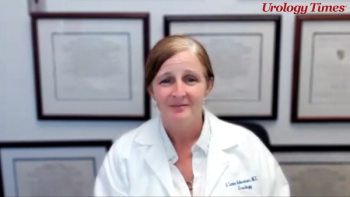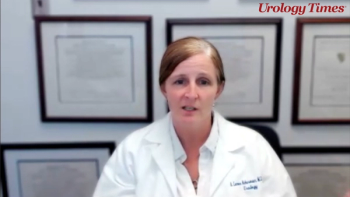
Despite drawbacks, TESE-derived sperm is superior
Montreal--Although testicular sperm extraction (TESE) may provide somewhat better pregnancy rates than the use of ejaculated sperm for intracytoplasmic sperm injection for men with low sperm counts, a higher-than-average proportion of abnormal sperm, or almost no sperm in the ejaculate, TESE does have important disadvantages. It is up to patients and their physicians to choose the appropriate procedure, based on individual circumstances and clinical features, researchers say.
While TESE is a helpful procedure for obtaining sperm from men with fertility problems for the purposes of ICSI, its disadvantages include risks associated with anesthetic, vascular injury, inflammation, and scarring. These last three complications can negatively affect testicular recovery, including spermatogenesis for up to 6 months, which is why most experts re-commend waiting 6 months between TESE cycles. Such a wait can significantly affect the fertility of a couple, particularly when the woman is older.
The cost of TESE is another disadvantage for patients. As a result, a less-invasive method of extracting sperm for the purposes of ICSI would be preferable if it results in similar pregnancy and delivery rates.
TESE favored for conception
In the first study, a case-controlled analysis from Cornell University, New York, researchers performed a chart review of ICSI cycles in which male partners had virtual nonobstructive azoospermia on ejaculated samples, defined as the presence of 100 or fewer individual sperm in the ejaculated semen after centrifugation and close analysis. Sixteen couples were identified who together had undergone 48 ICSI cycles, 27 using ejaculated sperm and 21 using sperm retrieved using TESE. Each couple had undergone at least one ICSI cycle using ejaculated sperm and one cycle using TESE-derived sperm.
The overall number of sperm harvested using ejaculated and TESE samples did not differ. Twenty-three transfers, five clinical pregnancies, and five deliveries took place in couples using ejaculated sperm, for a total delivery rate of 22%.
In couples who used TESE-derived sperm, 19 transfers took place, with nine clinical pregnancies and eight deliveries, for a total delivery rate of 42%. While these rates were not statistically different from each other, there was a clear trend toward better results with TESE.
Exploring the same data by couple, in which their first TESE cycle and the ejaculated cycle closest in time to their first TESE cycle were compared, delivery rate was 15% with ejaculated samples and 46% with TESE. Again, this difference was not statistically significant, but the trend was toward better results with TESE. There was also a nonsignificant association between higher sperm concentrations in the ejaculated sperm and higher clinical pregnancy rates.
"Although we didn't find any statistical difference in terms of pregnancy rates, there seemed to be a clear trend that the TESE procedure provided higher clinical pregnancy rates and delivery rates than patients who had spermatozoa from the ejaculate," said Kristin A. Bendikson, MD, clinical fellow in reproductive endocrinology and infertility at Cornell working with Gianpiero Palermo, MD, Peter Schlegel, MD, and colleagues.
This potential benefit has to be weighed against the disadvantages of TESE, she added.
"I think the biggest issue is that we need more studies like this one in order to better elucidate when TESE should be used for these patients," Dr. Bendikson said.
Improving embryo potential
For reasons that remain unclear, embryos from patients with OAT have lower potential than do those from men with normal sperm. To determine if ICSI outcomes among patients with OAT could be improved using TESE-derived sperm instead of ejaculated sperm, investigators performed a matched analysis of men with OAT who underwent ICSI using ejaculated sperm and men with obstructive azoospermia who underwent ICSI using TESE-derived sperm. The patients, all of whom were being seen at the Roger Abdelmassih Center for Research and Human Reproduction in Sao Paulo, Brazil, were matched for age, number of fer-tilized oocytes, and number of embryos transferred.
Newsletter
Stay current with the latest urology news and practice-changing insights — sign up now for the essential updates every urologist needs.


















